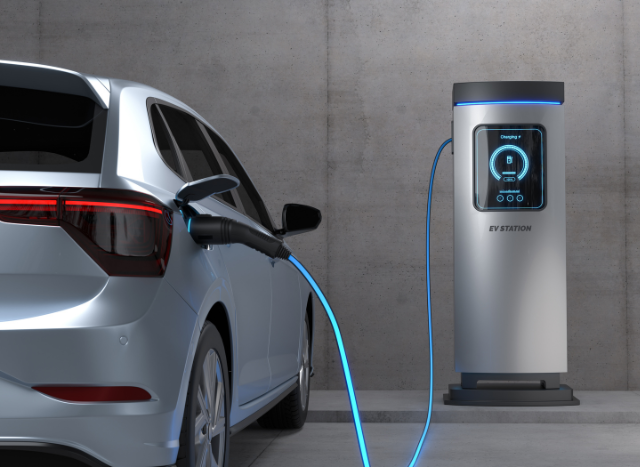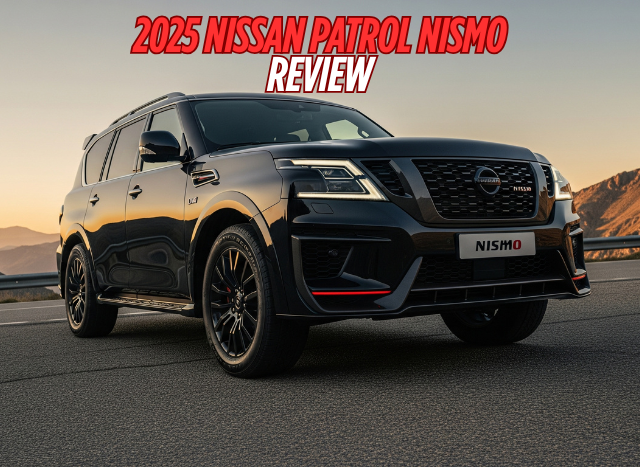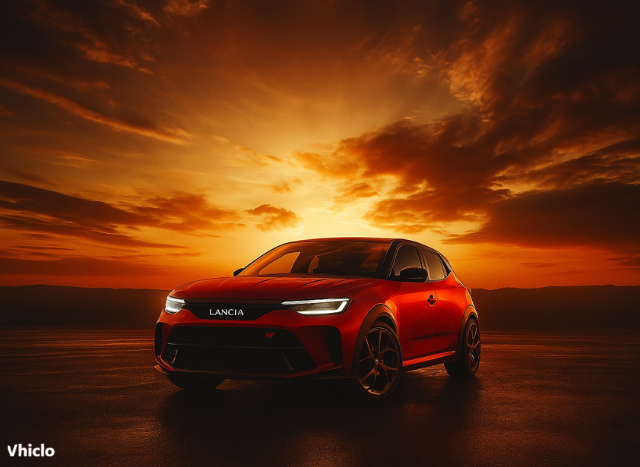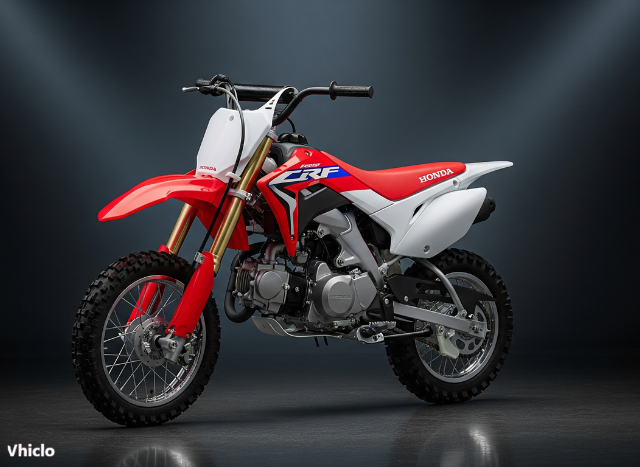Major efficiency gains and solid-state batteries to future-proof RAV4 Hybrid, Camry, and Corolla Cross
Toyota is preparing to launch a significant evolution of its hybrid technology, promising better performance, improved fuel economy, and lower emissions across popular models like the RAV4 Hybrid, Corolla Cross, and Camry.
Contents
What’s Changing in Toyota’s Hybrid System?
According to Gerald Killmann, Toyota Europe’s Vice President of R&D, while the current hybrid systems are near peak efficiency, a major leap forward is coming — thanks to advancements in battery chemistry and power electronics.
Key Updates on the Way:
- Solid-State Batteries: Set to debut before 2030, these advanced batteries will first appear in hybrid vehicles before being used in fully electric models (BEVs).
- Better Regenerative Braking: Solid-state tech will allow hybrids to absorb energy more efficiently during braking.
- Lightweight, More Powerful Systems: New materials and designs will increase power output while reducing weight and fuel use.
- Silicon Carbide Semiconductors: A shift from traditional silicon will enable better energy efficiency and power management.
“Solid-state will first be on a hybrid, then in a BEV,” Killmann confirmed, adding that solid-state tech is approximately four years away from production.
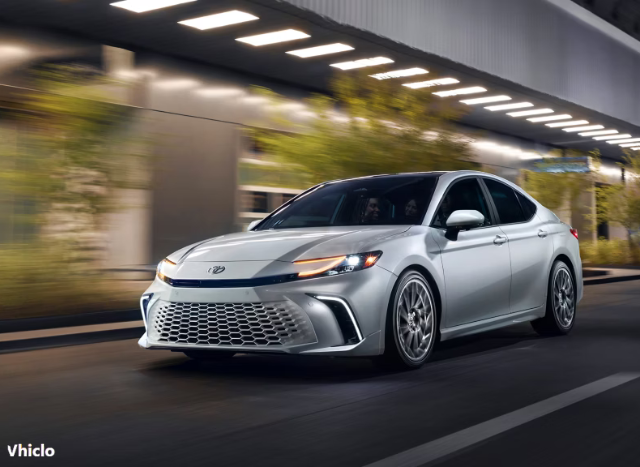
Near-Term Battery Upgrades Coming Sooner
Drivers won’t need to wait until the end of the decade to see progress. Toyota has already announced two new battery technologies arriving by 2027:
| Battery Type | Estimated Launch | Key Benefits |
|---|---|---|
| Performance Battery | ~2027 | Up to 2x range, 20% cost reduction, faster charging |
| Lithium Iron Phosphate (LFP) | ~2027 | 40% cost reduction, 20% increase in range |
Both battery types will feature optimized cell structures, faster charging capabilities, and improved vehicle aerodynamics, contributing to real-world range gains.
Why It Matters
Toyota’s strategy to introduce solid-state batteries in hybrids first is designed to manage production quality and reliability before scaling to high-demand EVs. Challenges like cracking between battery layers remain, but the automaker is confident these issues can be resolved in time for a limited rollout within this decade.
Automotive industry expert and editor of Vhiclo, specializing in car news, EV technology, and in-depth vehicle analysis. With years of experience in the field, Koutaibah provides trusted insights for enthusiasts and professionals alike.

